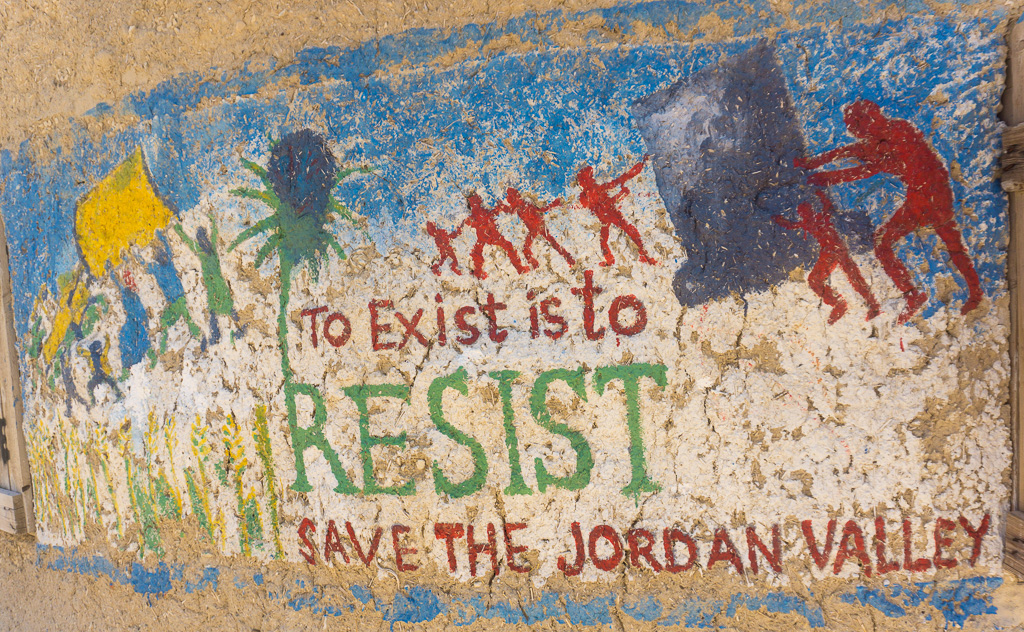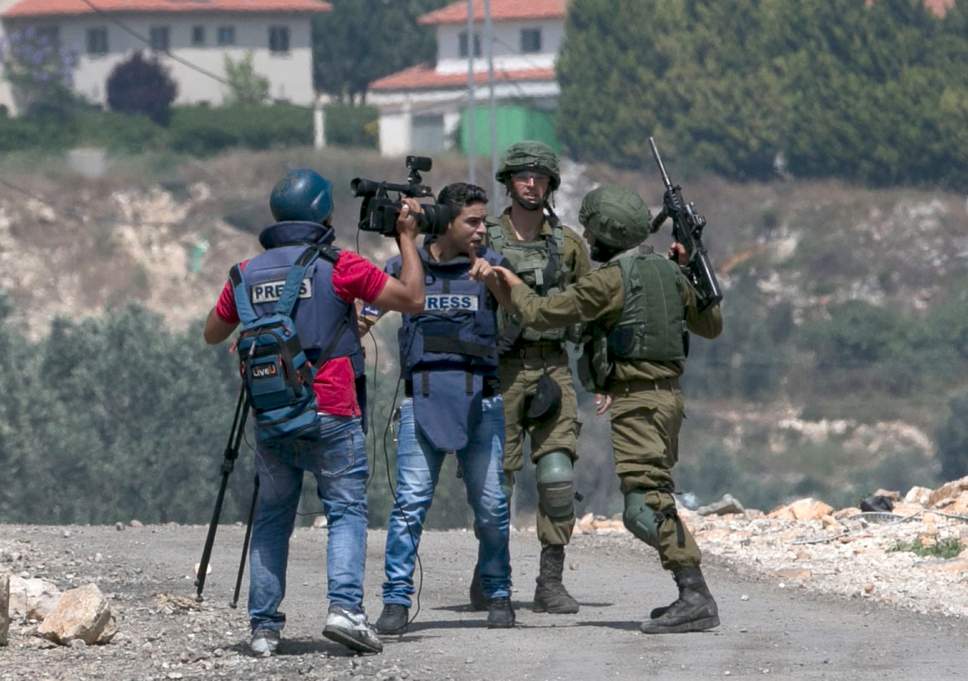Tag: Human Rights
-
Diary entry from an ISM volunteer. Northern Jordan Valley.
13th August 2018 | Kristin Foss, International Solidarity Movement | Northern Jordan Valley I lost my flight.. On purpose.. I was pretty sure I would though, when I left for Palestine. To be honest, I don’t think its gonne make it easier to leave later. The more I know, the more people I know – the more involved…
-
Call on Israel’s parliament to oppose the bill criminalizing the documentation of soldiers
Israel’s parliament is to consider a law banning the photographing or filming of soldiers. The proposed legislation is entitled the “Prohibition against photographing and documenting IDF Soldiers”. “Anyone who filmed, photographed, and/or recorded soldiers in the course of their duties, with the intention of undermining the spirit of IDF soldiers and residents of Israel, shall…
-
More young camera activists trained in Hebron
15th March 2017 | International Solidarity Movement, al-Khalil team | Hebron, occupied Palestine Today five young students from Ibrahimi boys’ school took training in camera skills in H2, the Israeli controlled part of the city of Hebron. Training consisted of camera skills, for video, stills and phone-camera; as well as the human rights and legal…



